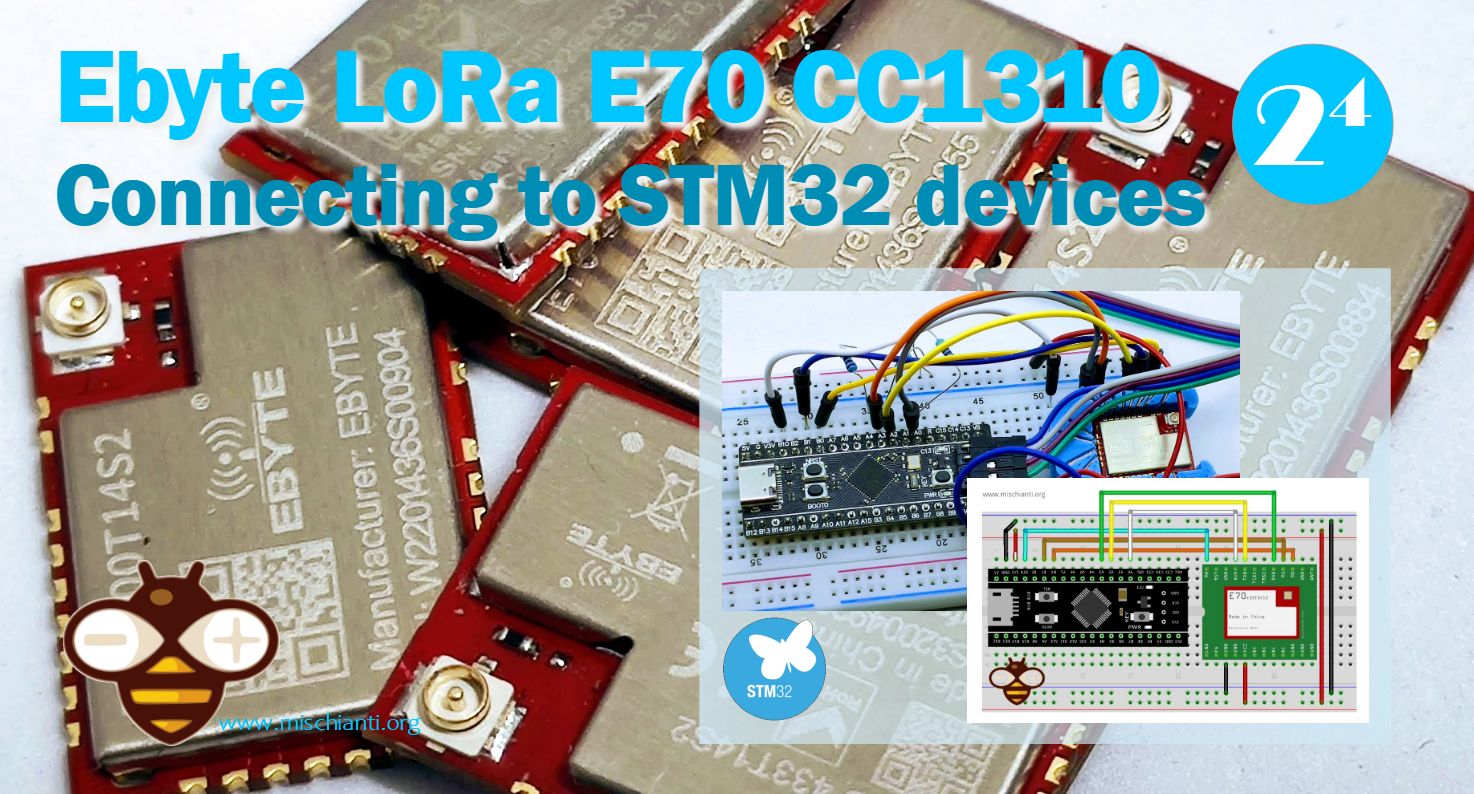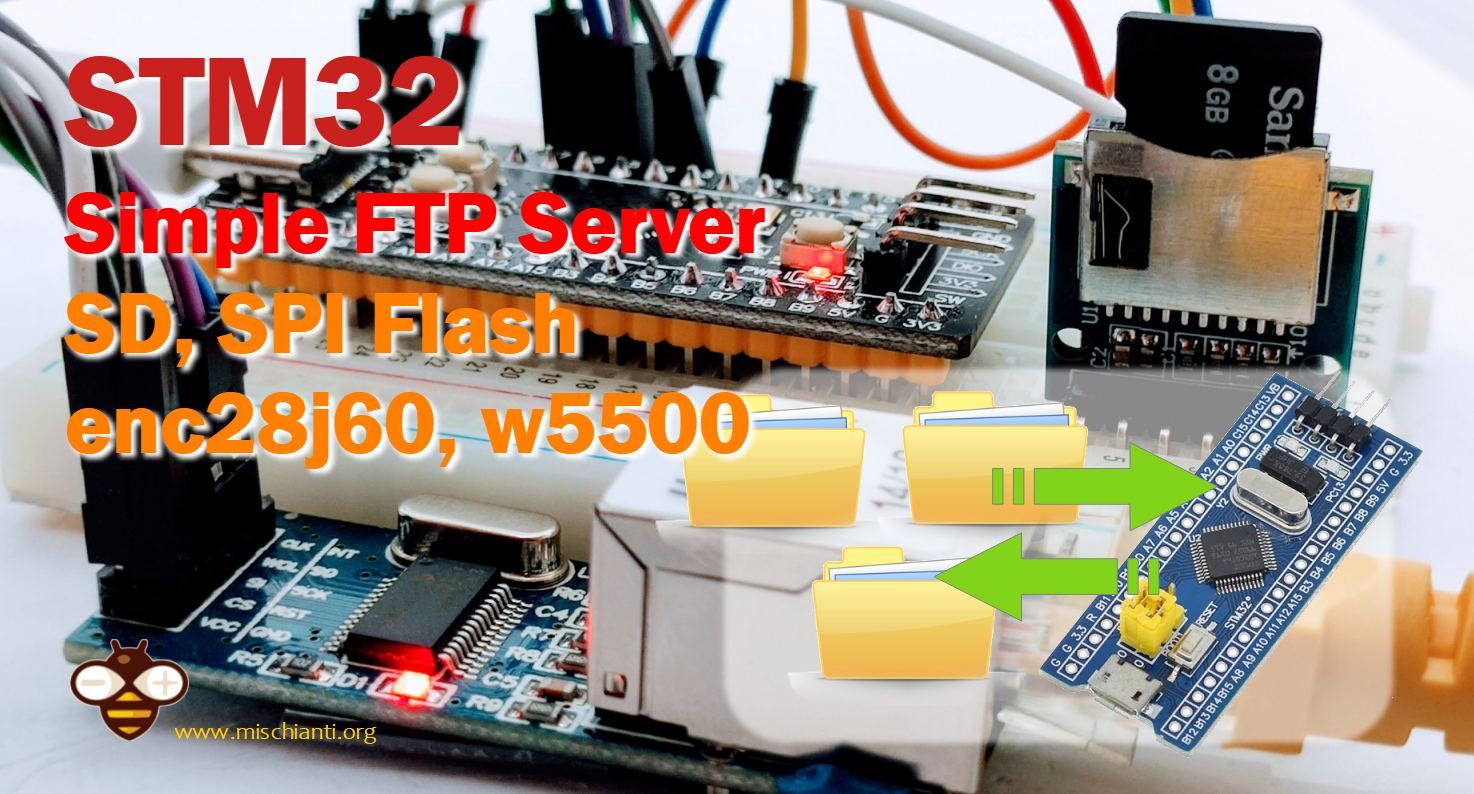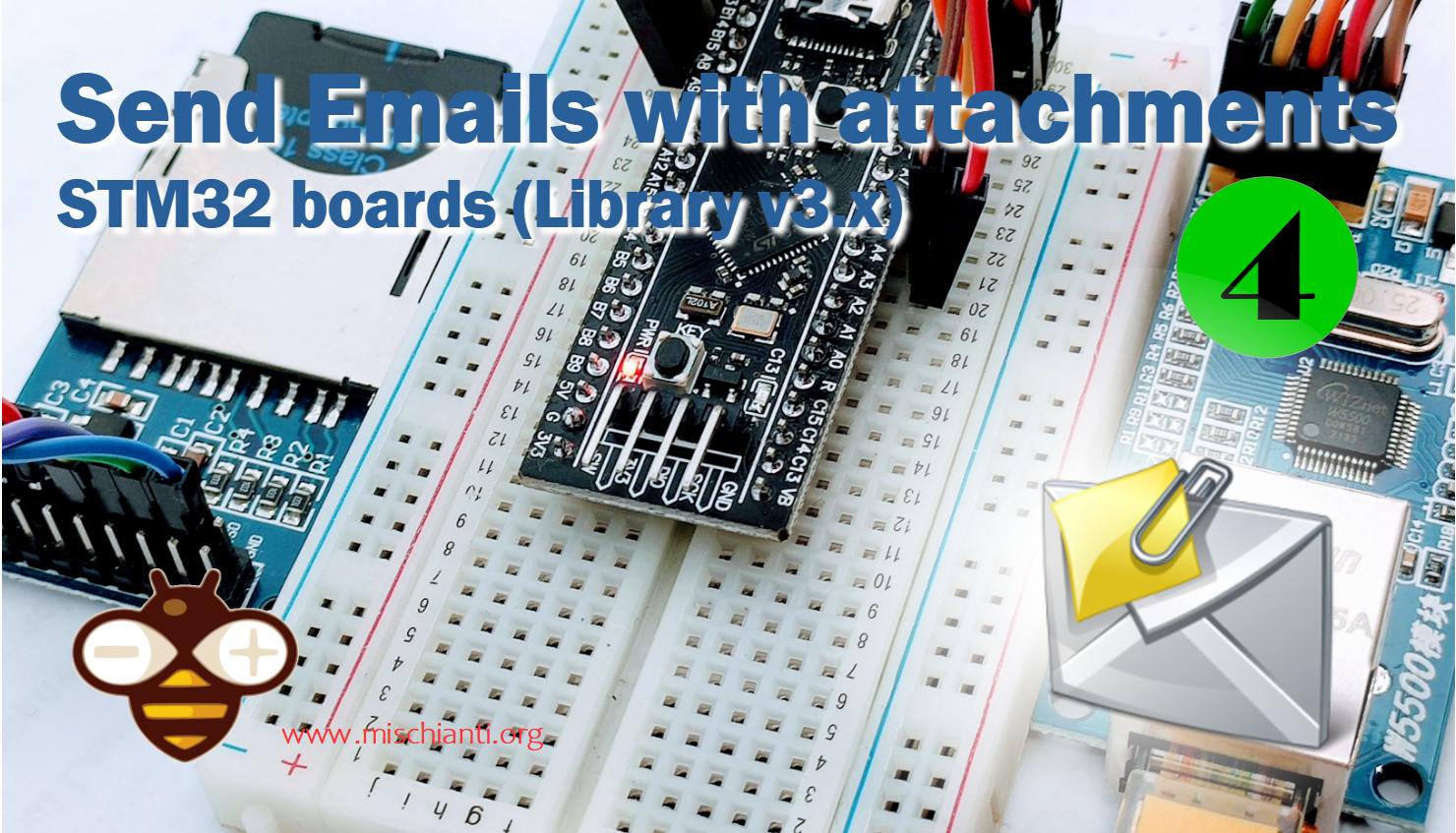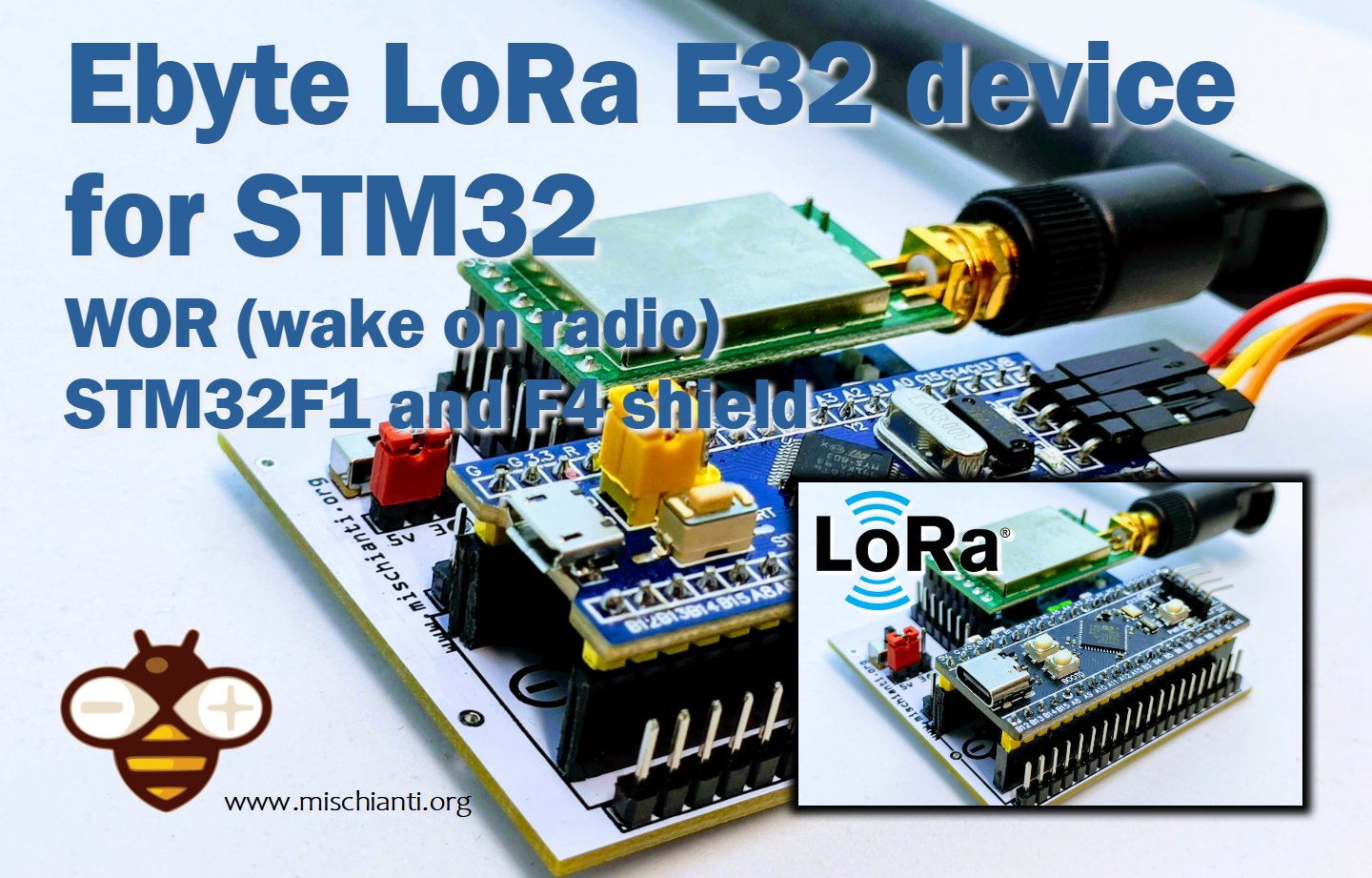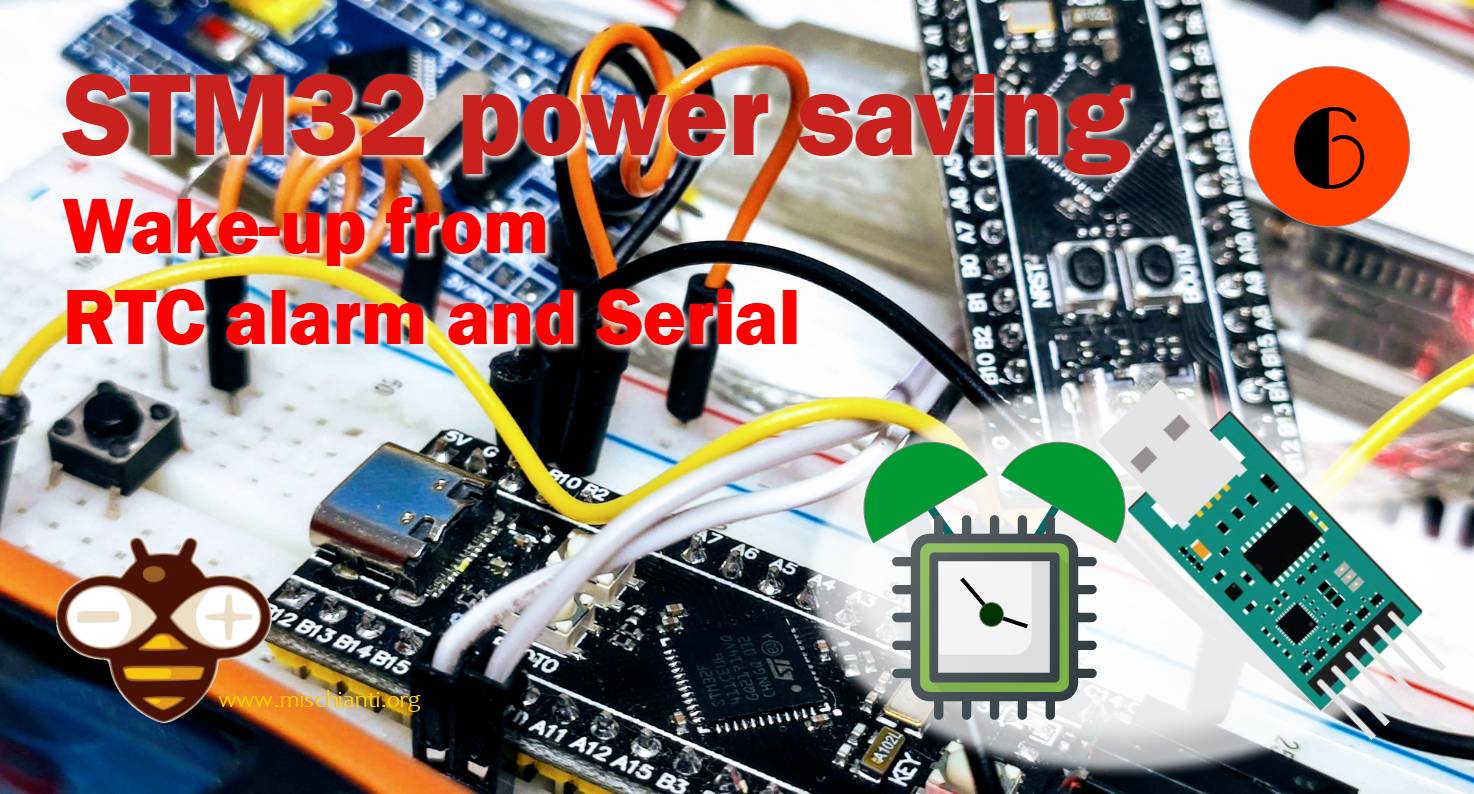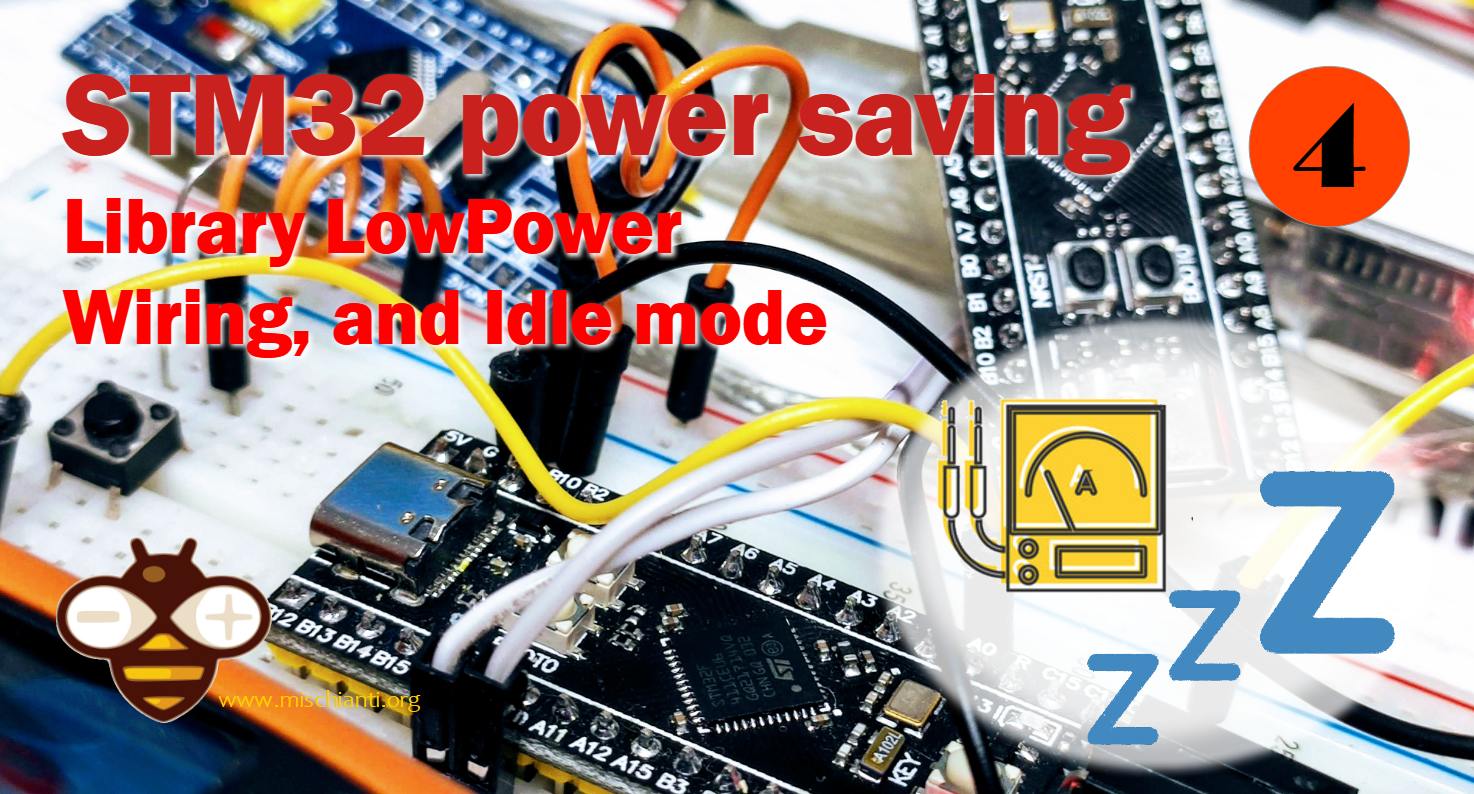Connecting the EByte E70 to STM32 (black/blue pill) devices and a simple sketch example
This concise guide focuses on connecting the EByte E70 LoRa module to STM32 microcontrollers, specifically the popular Black Pill and Blue Pill boards. The EByte E70 is renowned for its long-range communication capabilities, making it a perfect match for the powerful and versatile STM32 boards, commonly used in advanced IoT projects.

